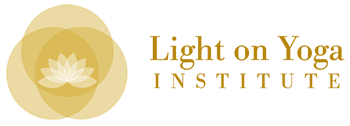Gālavāsana is dedicated to the sage, Gālava, student of Viśvāmitra. Light on Yoga tells the story of this sage Viśvāmitra’s transformation: originally a king, of the warrior caste, first he tried to buy, then steal, the Cow of Plenty from its keeper, Vasistha, the sage. He did not succeed in overpowering the sage. Impressed by the strength of the sage who could not be forced, the king devoted himself to austerities and seeking wisdom, becoming a seer eventually, striving until eventually his teacher, Vasistha, recognized him as a skilled sage. So these poses, (Gālavāsana, Viśvāmitrāsana, Vasisthāsana) are about a lineage of yogis spanning three generations.
Today I practiced them together. The outer hips are exercised in addition to the arms and abdomen in all these poses. Gālavāsana is a pose with four sides and four crosses. Each crossing of the Pādma legs must be turned and rested on each upper arm. It takes over three minutes to do all four sides from Śīrsāsana II (for me). Some of that time is pausing in Ūrdhva Padmāsana until the breath can slow. The twisting arm balances tire my body faster, my left side is weaker (or is that it’s the second side?).
“While practicing the āsanas, one has to explore and investigate the veiled, concealed or hidden weaknesses of the body, mind and intelligence. This requires action and reflection along with further study so that disparities are constructively removed to experience parity in body, mind, intelligence and consciousness.”
—BKS Iyengar, Core of the Yoga Sūtras, 2012.





